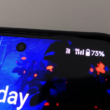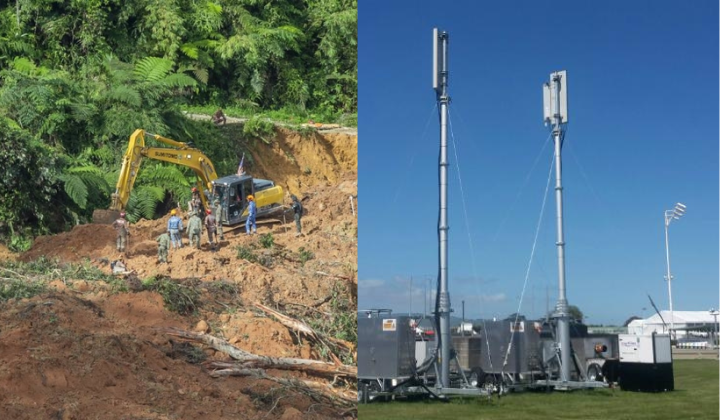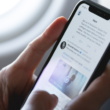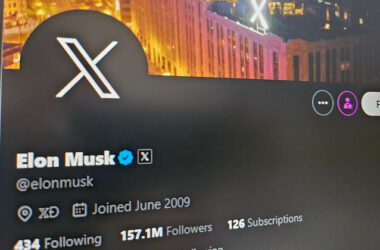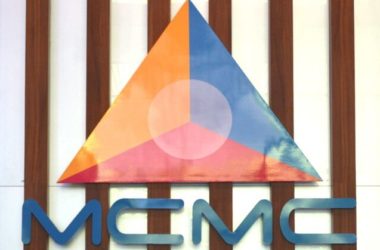In a search and rescue (SAR) operation, radio communications are vital because they allow the authorities to coordinate their efforts and provide assistance where it’s needed most. Every second counts during SAR; a delay in communication might cost someone’s life or further complicate the situation.
The rescuers at the Batang Kali landslide incident were having difficulty communicating with each other due to lack of coverage. But the issue has been resolved.
Berita Harian reported that Malaysian Communications and Multimedia Commission (MCMC) has mobilised the Emergency Disaster and Response Team (EDRT) last Friday, and major service providers, Telekom Malaysia (TM), Celcom, Digi, Maxis, and U Mobile were told to promptly assess and move communication assets to the area.
MCMC also asked for help from an NGO, Malaysian Amateur Radio Emergency Service (MARES), to provide alternative communication by using amateur radio technology, so that the rescuers can communicate quickly.
Besides prioritising providing reliable comms coverage to the rescuers, the reporters on-the-spot also needed good communication access so they can provide updates for the news.
Meanwhile, MCMC also said that they are facing various challenges in providing services at the disaster site, including the absence of electricity, the hilly terrain and the distance from the transmitters of the respective service providers.
This is why they were unable to provide communication technology that uses microwave because there’s no Line of Sight (LOS).
However, TM immediately prepared an alternative by pulling and providing two kilometres of fibre optic cable from the Awana Genting Node and the provision of TM’s MoVIC (mobile IP cell) at the disaster site.
This in turn allows the Multi Operator Core Network (MOCN) technology to be used by service providers and provide coverage for their respective networks.
Last Saturday at 3:00am, communication infrastructure was set up at the disaster site, and all service providers were able to deliver services via Coverage on Wheels (COW).
MCMC’s monitoring found that all service providers managed to achieve a very good quality of cellular coverage above 50Mbps and TM also prepared free WiFi access with a speed of 800Mbps at SAR team camp and vehicles of the Malaysian Information Department (JAPEN) as coordinators for the reporters.


